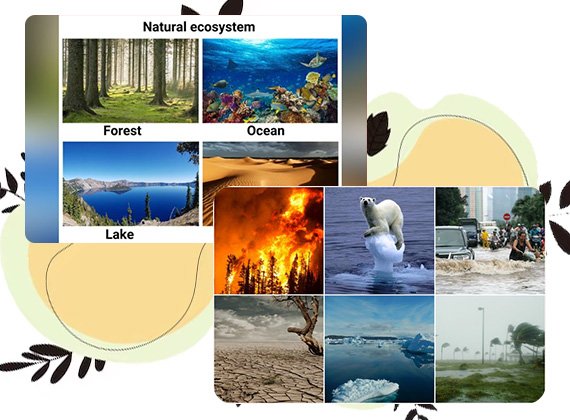This is an intricate topic and an interconnected system wherein living as well as non-living things function. Human activities are a threat to ecosystems. They might cause degradation, destruction, and impairment of natural resources and biodiversity. Ecosystem threats are pollution, climate change, overexploitation, habitat destruction, and introducing invasive species.
Human activities stress the ecosystem and minimize overall health. At some point, accumulating negative impact from all human activities can surpass the ecological threshold of a planet. The human activities that drive it include affluence, population, and technology. We, at BookMyEssay offer top-notch Natural Ecosystems and Human Activities homework help service and we always maintain the university guidelines and specifications.
Human Activities Affecting Natural Ecosystems
Humans communicate with the world daily and some of the actions are more harmful compared to others. As the world population is increasing, the impact of human activities on an ecosystem such as air, water, and land and life is almost immeasurable. Some of the effects are discussed in our Natural Ecosystems and Human Activities assignment help in Australia:
Pollution: Humans pollute the water, land, and air with unwanted waste. Many people cannot access clean water. Humans produce plastic and it is dumped into oceans. Plastics have a devastating impact on wildlife
Global warming: Environmental scientists are warning us about the carbon-dioxide emissions coming from burning fossil fuels and they are affecting the ecosystem of the planet. The increase in carbon-dioxide in an atmosphere traps heat, which will otherwise escape and increase the overall temperature of the Earth. It has caused glaciers and Arctic ice to melt and this has raised the ocean levels. Loss of ice and an increase in water level adds to the increasing temperature.
Genetic modification: Using genetically modified organisms play a vital role in enhancing crop yields. Besides offering better crop yields, the modified plants can resist parasites and diseases, tolerate extreme temperature, and survive in less water.
Deforestation: As the population is increasing, humans are creating larger and more farms that are reducing the number of forests. These are cleared for lumber, which we use for building houses. Deforestation has devasting impacts on wildlife, which were once known as forests home.
Overexploitation and overhunting: Overexploitation and overhunting of natural resources via activities such as mining and overfishing have resulted in the reduction in animal and plant species. As stated in our help for assignment on Natural Ecosystems and Human Activities, the diverse existence of plant and animal species in various habitats is affected widely by overexploitation and overhunting. This human activity does not offer room for growth, replenishment, and development of harvested products.






 3 Bellbridge Dr, Hoppers Crossing, Melbourne VIC 3029
3 Bellbridge Dr, Hoppers Crossing, Melbourne VIC 3029
